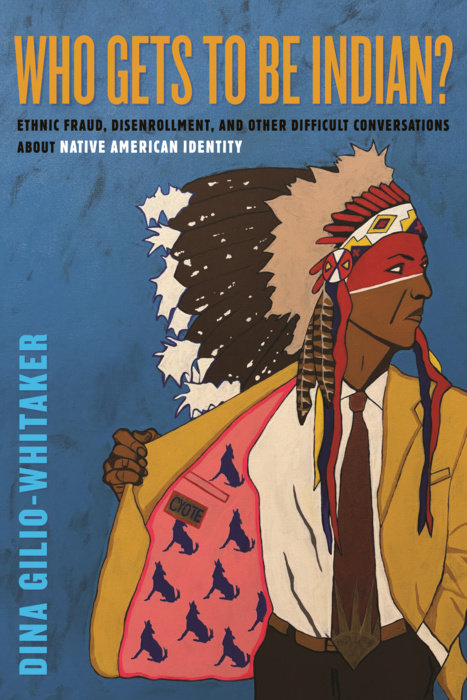The broader history of California is the context for the troubling Native identity issues we see today. The violent foundation laid by the Spanish through the cruelties of the mission system in the latter eighteenth century continued through three colonial periods, including the brief secularized Mexican era, and intensified in the American period. From the inception of the mission system, settlers of early California declared their commitment to the extermination of Indigenous populations, as proclaimed in the first state-of-the-state address given by Governor Peter Burnett in 1851.
Even after California Indian populations were decimated by disease and the genocidal gold rush, a sweeping state law misleadingly named the Act for the Government and Protection of Indians, which had passed in 1850, confined California Indians to indentured servitude to white settlers and led to twenty-seven other laws funding militia-driven killing sprees (“expeditions against the Indians”) from 1851 to 1859, at a cost of $1.3 million.
The law preceded the federal policy of assimilation through the boarding school system and land allotment, constituting a sustained genocidal attack on California Indian communities at the state and federal level over a period of at least eighty years. Land theft was normalized through the suppression of eighteen treaties federal agents negotiated with California tribes between 1851 and 1852. The treaties were never ratified by the Senate and were subsequently concealed for decades.
Violence against Indigenous people is woven into the cultural DNA of California, and though much of the operationalized violence via policy has been left in the past, its legacy lingers in the present. Its impacts can be seen in multiple ways, from the miniscule size of reservations, often called “rancherias,” to the number of tribes that were terminated in the 1950s and remain federally unrecognized.
As the dust settles from centuries of colonial violence, tribal communities find themselves in various stages of cultural recuperation. Some are more intact than others, and a few cling to not much more than remnants of their pre-contact existence.
All the public knew were the portrayals Hollywood’s fantasy-driven film industry showed them—Indians who were always tragically vanishing, almost always depicted as buckskin-clad Plains Indians, and typically played by impersonators.
Especially hard-hit were the tribes in the most populous areas of the Los Angeles and San Francisco basins. In these areas, where indigenous lands have been transformed into some of the world’s most valuable real estate, there are no federally recognized tribes. In the areas of Orange County, Los Angeles, Santa Barbara, and San Luis Obispo, several bands of Chumash, Tongva/Gabriellino, Tataviam, and Acjachemen/Juaneño still assert their tribal existence, as do several bands of Ohlone and Costanoan people in the broader San Francisco Bay Area.
